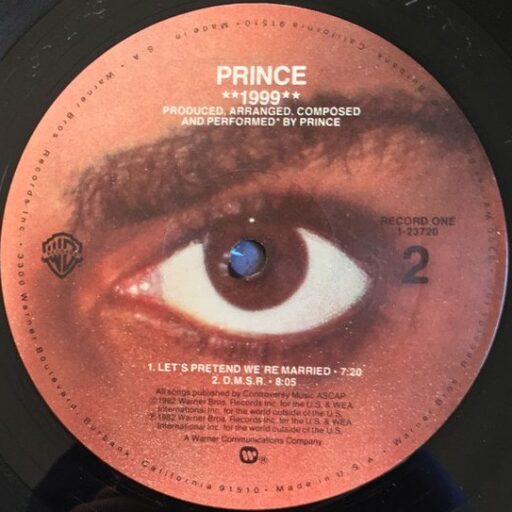Tag: john hay elementary school
-
Podcast: The Crazy Things You Do – A Conversation with Kimberly C. Ransom
For the first d / m / s / r podcast of 2018 (!), it was my pleasure to speak with budding educational historian and Prince scholar Kimberly C. Ransom. Kimberly presented at the University of Salford’s interdisciplinary Prince conference last May–those of you who listened to my series of podcasts on that event probably heard…
